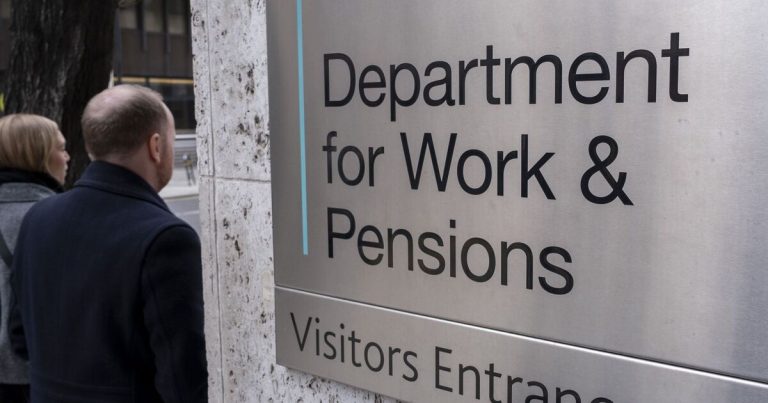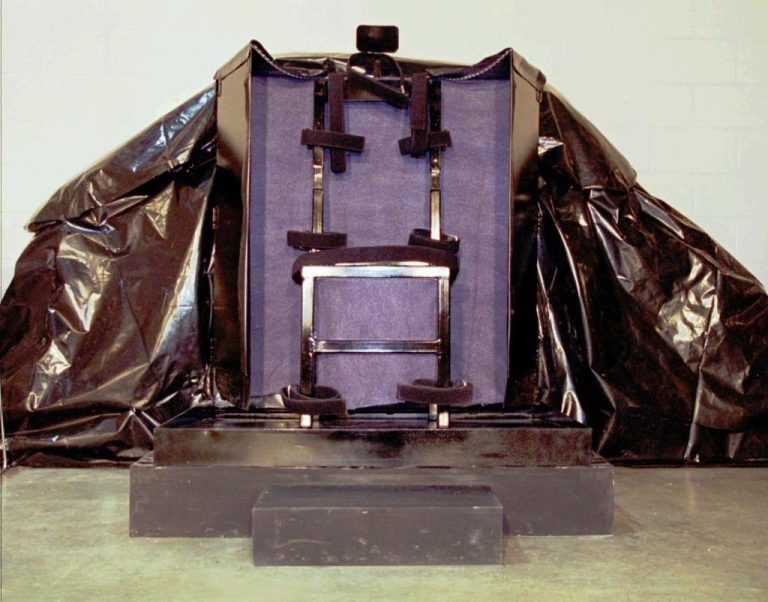
Turning the heating down a few notches reduces the energy output one’s radiators requires to reach their desired temperature.
Less watts of energy used equates to less watts of energy paid for, creating a neat saving when those monthly bills rear their heads.
According to the Energy Saving Trust, turning the thermostat down by just one degree can cut bills by about £145 a year, which is around 4-5 percent.
This is based on a semi-detached house, running the heating between 7am-9am and 4am-11pm on weekdays and 7am-11pm on weekends.
These savings will change depending on the size of ones house, its insulation levels and their individual energy usage.
As the energy price cap is set to change on January 1, households may consider using these tips to reduce their bill as much as possible.
For every degree, people can expect to see the same savings – so reducing the heating from 21°C to 18°C can minimise spending by an impressive 15 percent.
One expert has revealed a simple approach to cutting costs while also leaving your home at the ideal temperature 24/7.
Ryan Harrison from energyadvicehelpline.org said: “Domestic heating systems use thermostats to gauge the ambient temperature in a room and then turn radiators on or off accordingly.
“You can set a maximum temperature and also programme in time periods when the system runs – normally in the morning and during the evening.
“But one mistake many people make is putting their thermostat in the wrong place in the house. This means it will fail to give an accurate measure of the ambient temperature and leave you paying out for unwanted warmth.”
This could result in one’s energy bills being higher as the system will be running more than it needs to.
He encouraged homeowners to put some thought into where the thermostat is kept, as it could save them “hundreds of pounds”.
The expert continued: “That’s cash in your pocket at a time when many people are struggling to afford basic costs such as food and domestic energy.”







